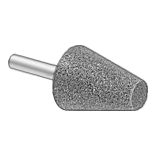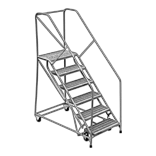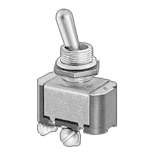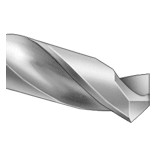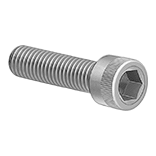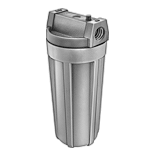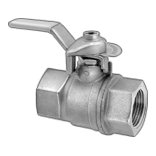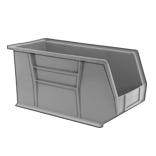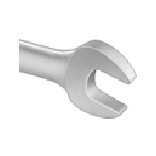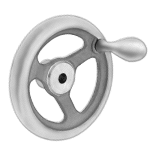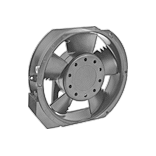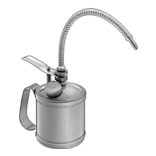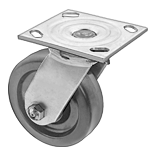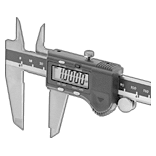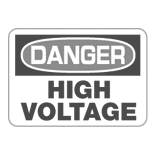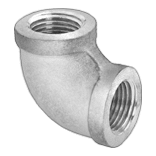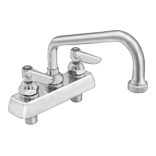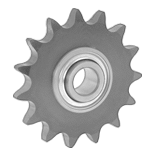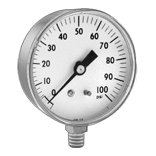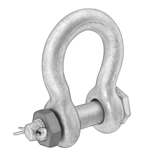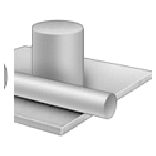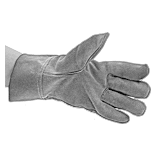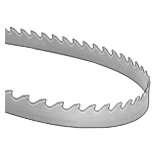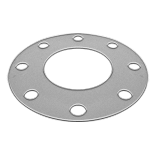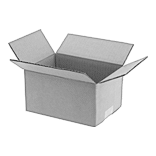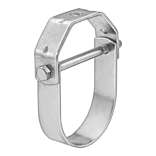Cylindrical Probe Styli for Thin Materials
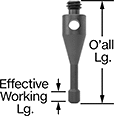
Measure holes and edges on sheet metal and other thin materials. The straight edges on these cylindrical styli maintain stable contact with thin materials better than the curved edges on a ball styli. However, they’re not as precise as ball styli. When they touch a workpiece, they trigger your coordinate measuring machine (CMM) probe to send a signal and measure geometric features. They’re often used with touch-trigger probes.
As a rule of thumb, you should use a stylus with the shortest length that works for your application. If a stylus is too long, it’s more likely to move farther than it should, reducing measurement accuracy.
High-carbon steel ends are heat treated and precision ground, but they're not as hard as ruby ends or as rigid as tungsten carbide ends.
For technical drawings and 3-D models, click on a part number.
Material | ||||||||||
|---|---|---|---|---|---|---|---|---|---|---|
| End Dia., mm | Effective Working Lg., mm | O'all Lg., mm | Stem Dia., mm | Stem | Body | End Dia. Tolerance, mm | Manufacturer | Manufacturer Model Number | Each | |
M2 × 0.4 mm | ||||||||||
High-Carbon Steel End with Flat Tip | ||||||||||
| 3 | 3.8 | 12.8 | 1.5 | High-Carbon Steel | High-Carbon Steel | -0.004 to 0.004 | Renishaw | A-5004-7590 | 0000000 | 000000 |
